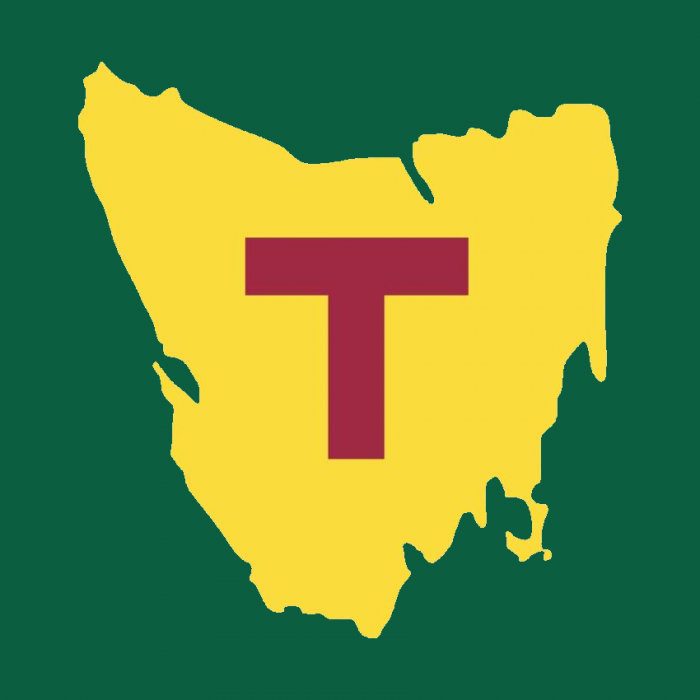You acquire some rights in your brand simply by using it. But your rights will be much broader and deeper with a registered TM. Here we explain why.
But I already have a domain name/business name…
A common misconception. Registered TMs are totally different from business names and domain names. Business names are a regulatory requirement imposed by ASIC: you need one whenever you trade under a name that’s not your full company name. And you need a domain name to operate a website. Crazily enough, holding a business name or domain name doesn’t mean you’re free to use it. You can infringe someone else’s rights even if you’ve registered the corresponding business and domain name.
Example: You register Griddle Smoke as a business name for your new barbecue restaurant. You also register the domain name griddlesmoke.com.au. You invest into creating a website and signage for your restaurant. You open the restaurant to great fanfare. While your patrons love it, a Sydney restaurant that has been trading since 2010 as Smoking Griddle does not. They own the “Smoking Griddle” registered TM and use it to stop you trading as Griddle Smoke. You’re forced to rebrand.
Only a registered TM gives you proper protection around, and ownership of, your brand. Now, we explain some additional advantages to registering your brand as a trade mark.
Avoiding nasty surprises
While your brand is unregistered, there is a risk that a competitor might register it or something similar. They might then use their registration to try and stop you from executing your business plans.
Once you’ve established yourself under a particular brand, you’ve established equity in that brand and it becomes costly and embarrassing to rebrand. With a TM registration, you get a defence to TM infringement (meaning you can’t be accused of infringing someone else’s TM). This helps you manage uncertainty and the risk of being forced to rebrand down the line.
A weapon against imitators
TM registrations aren’t just there as shields to protect you; they can also be used as swords against infringers. Parties who use your brand without authorisation can cause irreversible damage to your brand and reputation. This can affect your bottom line. If a competitor adopts a similar brand and you’ve registered your brand, it’s usually going to be straightforward to stop them. By registering your trade mark, you’re ringfencing your brand, securing a wider no-go zone into which competitors who trespass do so at their own risk.
The deterrent effect
When you hold a registered TM, you get the exclusive right to use your brand. “Exclusive” means you’re the only one in Australia who can use your brand for your goods or services. If a competitor then adopts using a brand that’s confusingly similar to yours in relation to similar goods or services, you can rely on your registered TM to stop them.
While your TM is unregistered, it can be hard for others to know it exists. But once you’ve sought registered TM protection, your rights appear on IP Australia’s public database. Parties searching that database will see your registration and will usually think twice before adopting a similar brand.
Broader geographic coverage
While your TM is unregistered, you only have rights in areas where you have established a reputation through trade.
With a registered TM, you get automatic nationwide protection. If you want to expand your business overseas, you’ll then have a solid platform from which to do so.
Controlling licensees
You might allow other parties, like manufacturers, partners, influencers, distributors and franchisees, to use your brand. Licensing arrangements are always safer and easier if you’ve got a registered TM squared away. Trust us on this: we draft those sorts of contracts day-in, day-out.
A more respected form of IP right
With no disrespect to “common law” (use-based) rights, registered rights are taken more seriously. Owners of registered TMs have an easier time securing the cooperation of platforms like Google, Facebook and Instagram, as well as domain name authorities and the Australian Customs Service. Because those platforms and authorities can verify your ownership of a registered TM and understand the scope of your rights in a few clicks, they will often pounce on complaints faster than if you were to rely on use-based rights.
Enhancing the value of your business
For all of the above reasons, potential investors are usually interested in whether a business has registrations for its key brands (names, logos and taglines). A registered TM doesn’t just prove that you own your brand; it also enhances its perceived value in any investment, sale, merger or franchising arrangement.
For a downloadable version of this article, click here.






